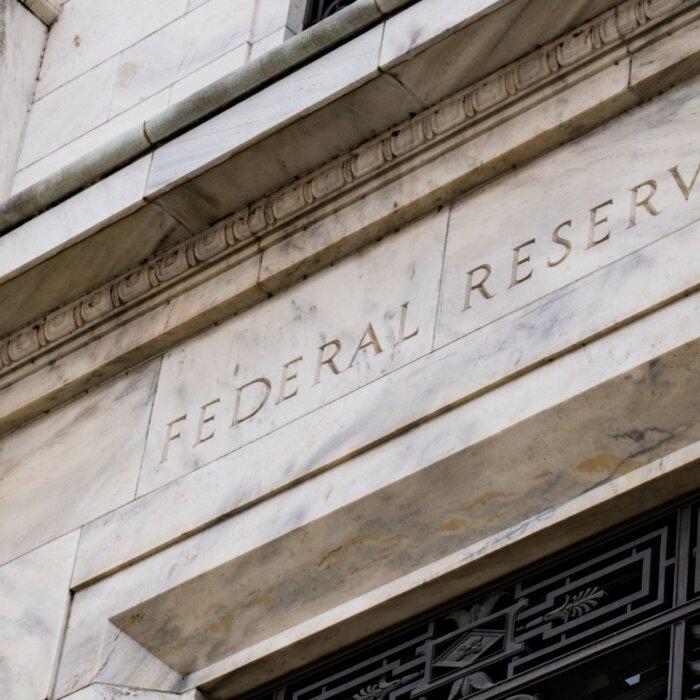UK inflation was higher than expected in May as rising food prices offset a drop in air fares and transport costs, new official figures show.
The rate of Consumer Prices Index (CPI) inflation fell to 3.4 percent in May from 3.5 percent in April, the Office for National Statistics (ONS) said.
However, the ONS said that an error in vehicle tax data collected meant April’s CPI rate should have been 3.4 percent, but that it was not revising the official figure.
Most economists were expecting the CPI rate to come in at 3.3 percent for May as price rises cooled following a raft of bill increases the previous month, that pushed inflation to the highest level in more than a year.
The ONS said that food and non-alcoholic drink prices rose by 4.4 percent in the year to May, the highest level in more than a year.
Cupboard items like sugar, jam, and chocolate as well as ice cream saw the biggest monthly price hikes, while meat costs also rose.
Furthermore, the latest dataset shows that the inflation rate across furniture and homeware was the highest rate over the year to May than since the end of 2023, particularly fridge freezers and vacuum cleaners.
On the other hand, air fares fell by 5 percent between April and May, following the Easter holidays when ticket prices were likely to have been hiked.
Average petrol and diesel prices also dropped, while rail and coach travel costs were also pulling down on the overall rate of inflation last month.
Chancellor Rachel Reeves said there was “more to do” to bring down inflation and help with the cost of living.
She said: “We took the necessary choices to stabilise the public finances and get inflation under control after the double-digit increases we saw under the previous government, but we know there’s more to do.”
Shadow chancellor Sir Mel Stride said, “This morning’s news that inflation remains well above the 2 percent target is deeply worrying for families.”
Experts cautioned that inflation is expected to remain elevated over the rest of 2025, and flagged concerns over the impact of global conflict on energy prices.
Monica George Michail, associate economist for the National Institute of Economic and Social Research (NIESR) said the institute was forecasting inflation to remain above 3 percent for the rest of the year amid “persistent wage growth and the inflationary effects from higher government spending.”
“Additionally, the current tensions in the Middle East are causing greater economic uncertainty,” she said.
NEISR, like most other economists, are expecting the Bank of England to keep interest rates unchanged when it next announces policy on Thursday.
Rob Wood, chief UK economist for Pantheon Macroeconomics, said May’s data reflected a “sharp unwinding of Easter holiday-boosted airfares balanced by a rebound from heavy clothes and furniture discounting.”
He said he was expecting inflation to “bounce around these rates for the rest of the year” and to peak at 3.6 percent in September when energy prices spike, but that rising oil prices following escalating conflict in the Middle East could push UK inflation higher.
Suren Thiru, economics director at the Institute of Chartered Accounts in England and Wales, said: “May’s dismally modest drop is unlikely to quell concerns over inflation, as it owed more to the unwinding of distortions caused by Easter falling in April this year, particularly on services prices, than a telling reduction in cost pressures.
“An interest rate cut on Thursday looks implausible as rate setters will probably want to hold off until August to get a better understanding of the impact of this global uncertainty before taking the plunge once again.”
Elsewhere, the ONS’s data showed the ONS’s preferred measure of inflation, Consumer Prices Index including owner occupiers’ housing, fell to 4 percent in May from 4.1 percent in April.
Meanwhile, the Retail Prices Index (RPI) rate of inflation fell to 4.3 percent from 4.5 percent.
However, the ONS said April’s RPI figure was also 0.1 percentage points too high, and should have been 4.4 percent.
This happened because of an error that meant the effect of vehicle tax hikes in April was overstated in the data collected for the month.
The ONS said it would not be revising the official published figures, in line with its policy which only carries out revisions in exceptional circumstances.






